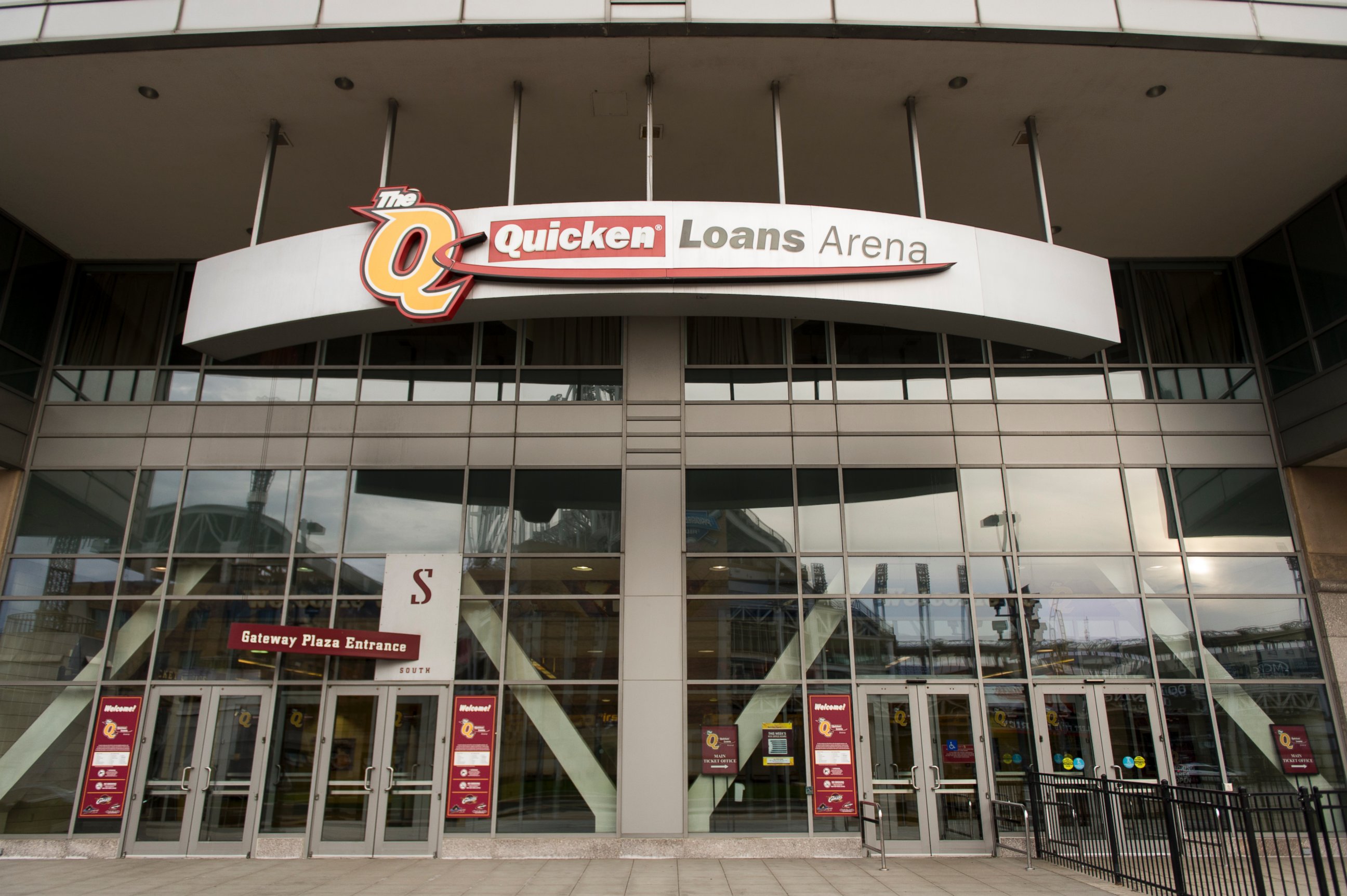What We Know (And Don't Know) About a Contested Republican Convention
There may be confusion in Cleveland come July.
— -- Sen. Ted Cruz's win in Wisconsin Tuesday night over Republican front-runner Donald Trump increases the possibility of a contested convention -- a little-used process where no candidate has demonstrated support from a majority of delegates going into the convention.
Because of the percentage of delegates that Trump, Cruz and Gov. John Kasich would need to win moving forward -- at least 60 percent for the real estate mogul and more for the others -- things could get interesting and possibly confusing in Cleveland this summer.
Questions Over Rules, Or Lack Thereof
Infrequency isn't the only reason why political experts don't know exactly what could happen in July. The fact that there hasn't been a contested convention since 1948 doesn't help when it comes to familiarity with the process. But another problem is that no two conventions are ever the same.
Even in situations where the party's nominee has already been picked before the convention, convention rules change every four years.
What that means is that the latest set of rules was set ahead of the 2012 convention, where Mitt Romney was selected as the nominee.
The Trump, Cruz and Kasich teams may not agree with those rules, and so a new set needs to be established and voted upon before the 2016 convention gets underway.

Why Is a Contested Convention Expected?
In order to become the Republican Party's nominee, a candidate needs to secure a majority of the available delegates.
This year, that magic number is 1,237 delegates. As of today, ABC News estimates that Trump has 743 delegates, Cruz has 517 and Kasich has 143 delegates.
That means that in order to hit 1,237, Trump would have to win 60 percent of the remaining delegates moving forward, Cruz would have to win 87 percent, and Kasich would have to hit a statistically impossible 131 percent.
Trump needs broad wins in states like New York and California and sweeping wins throughout the northeast in order to get close. Unbound delegates from Colorado, North Dakota or Pennsylvania will also be crucial and could push Trump across the line.
Likely Scenario for the Rules
Even though nothing has been set in stone -- and won't be until far closer to the convention -- there are certain procedures that have been standard for many years.
Delegates will go through several rounds of voting until one candidate hits the magic number of 1,237 delegates.
Most state parties have their own rules for their own delegates regarding how many times they are required to vote for their pledged candidate. But by the third ballot, nearly all delegates will be free to vote however they choose.
Other national rules will be set by the rules committee, a panel of 112 party officials –- two from each state and territory –- who will have the power to change the rules just days before the convention, potentially making or breaking the presidential aspirations of candidates who fall short.
What About the Eight-State Rule?
The current GOP rules say that a candidate needs to demonstrate support from a majority of delegates in at least eight states in order to be considered for the nomination.
It was originally aimed at stifling Ron Paul supporters at the 2012 convention. But party officials say this threshold could be lowered in the days before the convention to either allow (or block) certain candidates from getting nominated on the convention floor.




